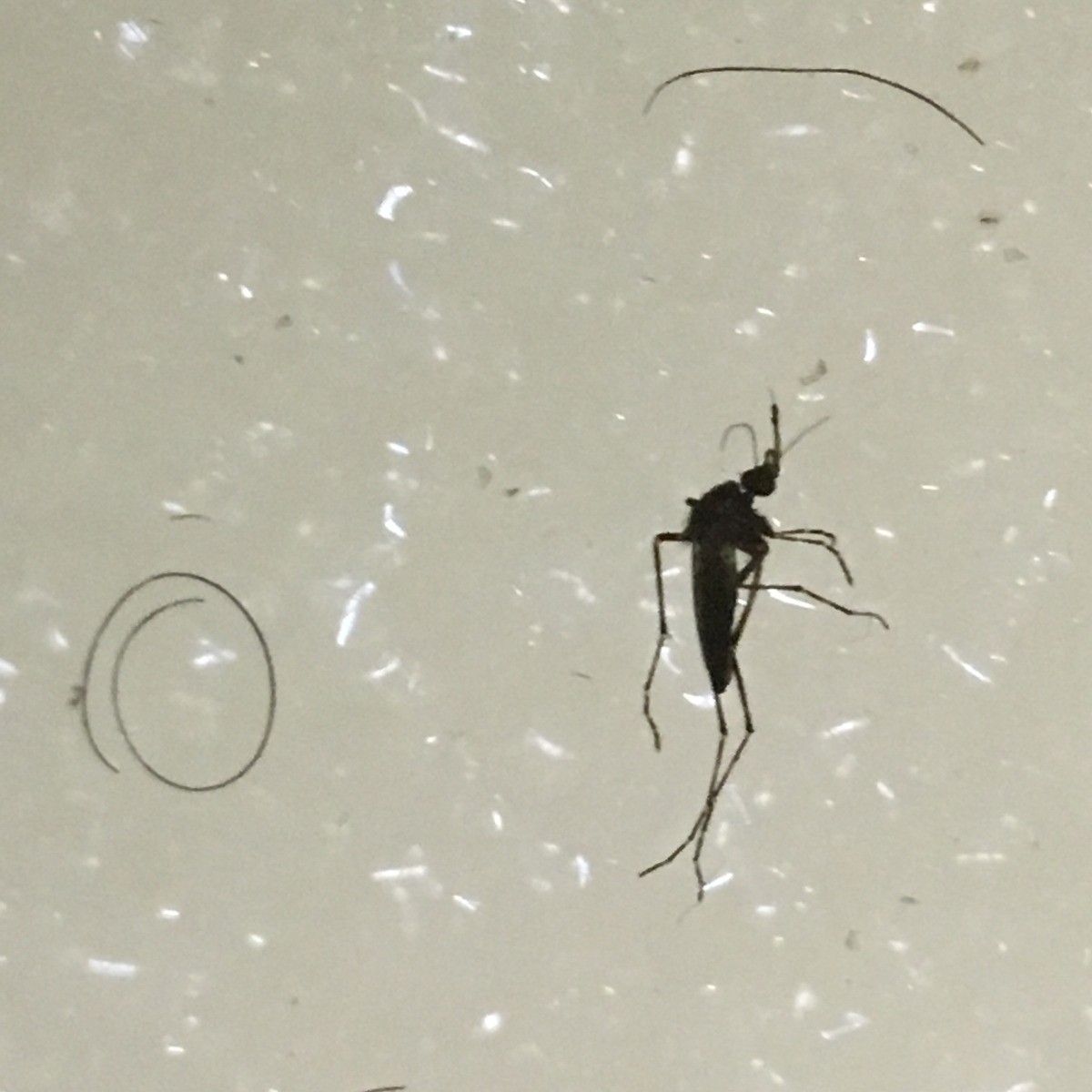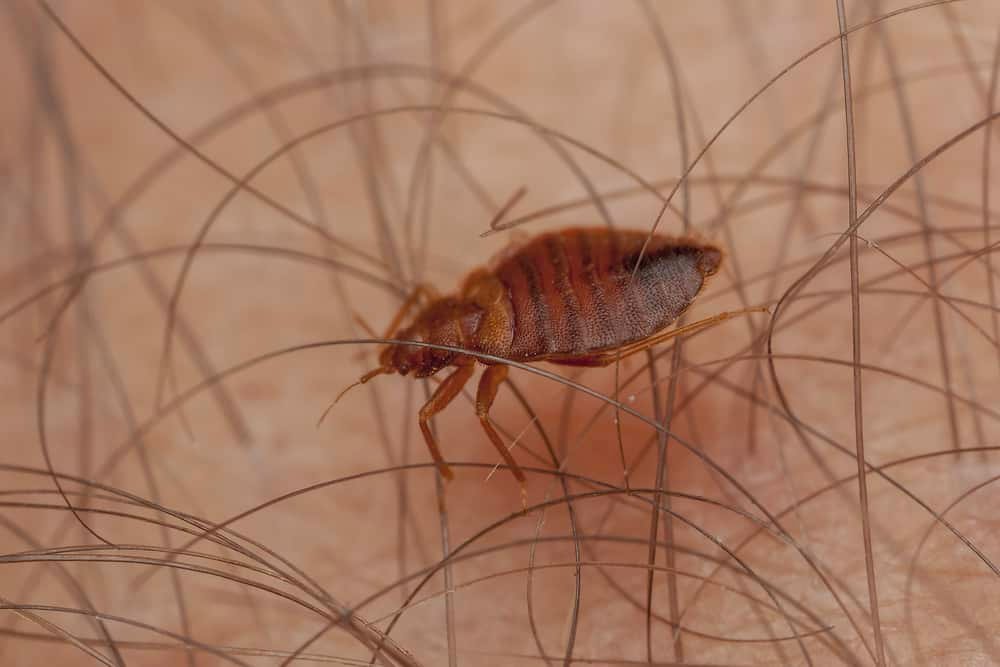Table Of Content

Head-to-head contact with an already infested person is the most common way to get head lice. Head-to-head contact is common during play at school, at home, and elsewhere (sports activities, playground, slumber parties, camp). An itchy scalp is the most common symptom of head lice. Head lice are insects that live on the surface of a host. They go through three distinct phases in their life cycle. It takes several treatments to completely remove lice and nits from your hair.
Health
The eggs are called nits and hatch into small insect forms — called nymphs — which then grow into adult lice. The adult lice can begin to create more eggs as soon as they hatch and the cycle begins again. Nits can remain glued to hair long after the live lice have been removed. Unhatched eggs and empty shells may remain after a live infestation is successfully treated.
How do you find and diagnose head lice?
The most definitive sign of lice is seeing a louse on the scalp. Head lice are wingless insects roughly the size, shape, and color of a sesame seed. You may also see lice eggs (nits), which appear as dandruff-like flecks on the hair shaft. Being able to identify head lice will also help you make an informed choice about treatment. Usually, you only need to treat your child with a lice shampoo when you see live lice.
Is it possible to find bed bug eggs in human hair?

As it turns out, there are several types of insects that can infest human hair, so think about that before you go to sleep tonight. As distressing as it can be to hear that you or your child has lice, infestations are readily treatable. If using an over-the-counter lice killer (pediculicide), follow the instructions carefully and use a lice comb to remove any eggs attached to hair follicles. As with head lice, pubic lice lay their eggs on the base of hair shafts.
Tiny human hairs beat back bugs › News in Science - ABC News
Tiny human hairs beat back bugs › News in Science.
Posted: Wed, 14 Dec 2011 08:00:00 GMT [source]
Why is the belief that bed bugs live in hair so prevalent?
You may need to repeat these steps until all the lice are gone. Many prescription head lice treatments target nits along with adult head lice. If you used a product like this, no combing is necessary unless you can’t wait to get rid of the dead shells. Head lice are tiny, wingless, parasitic insects that live in human hair. Swimming or washing the hair within 1–2 days after treatment with some head lice medicines might make some treatments less effective. Seek the advice of your health care provider or health department if you have questions.
If someone in your household gets head lice, check all family members regularly for the next couple of weeks to be sure they haven't acquired them, too. The most common symptom of head lice is itching, especially on the back of your head and neck and near your ears — areas where lice are more likely to live. Bedbugs aren’t adapted to live in your hair, but it’s possible a bedbug could end up in your hair after biting your scalp. They’re often found in places like the seams of your mattress or cracks in your bed frame. If you suspect you or your child has head lice, it’s a good idea to visit their doctor to make sure you have the correct diagnosis. A human scalp isn’t an appealing place for a bedbug to live.
If it sounds like a phobia (intense fear of something), that’s because it should be. The horror stories that emanate from examples of botfly infestations are enough to make those with trypophobia take notice. Dandruff often responds well to OTC anti-dandruff shampoos. People can purchase these shampoos in drugstores or online. Yeast causes some types of dandruff that tend to be particularly itchy.
Pubic Lice ("Crabs")
However, detecting these bites might be more challenging amidst hair. If you’re still finding nits but no lice after you’ve undergone treatment, continue combing your hair with a nit comb every 2 to 3 days, according to the CDC. To prevent lice, avoid close contact with people at high risk of lice, especially very young children. Avoid sharing combs, brushes, pillows, and other items where lice may hide.
Comb the entire head from the scalp to the end of the hair at least twice during a session. The process should be repeated every 3 to 4 days for at least 2 weeks after no more lice are found. Some people are extremely sensitive to louse bites and have severe itching. Others are not allergic to the saliva, or they build up a tolerance and have little or no itching, even with repeated infestations. Some 6 to 12 million infestations are thought to occur in the United States each year among children aged 3 to 11 years.
Excessive scratching of the eyes can cause you to develop pink eye (conjunctivitis). Frequent itching can break the skin on your head, which can lead to an infection. It's not necessary to avoid sharing protective headgear for sports and bicycling when sharing is required.
Evidence based on the life cycle of lice suggests that day 9 is the best day for retreatment. Head lice are not a health hazard, a sign of poor hygiene, or a cause of disease. They are common among preschool and elementary school-age children and can spread to the rest of the household. Wash clothing and bedding with hot, soapy water — at least 130 F (54 C) — and dry them at high heat for at least 20 minutes.
Over-the-counter medicated shampoos contain a substance called pyrethrin or permethrin that kill lice and nits. Head lice can’t fly or jump, so they spread by crawling from person to person during close contact. Although rare, head lice can spread through personal items like towels, sheets, hairbrushes or hats. Lice are tiny, wingless insects that feed on human blood. Lice spread from person to person through close contact and by sharing belongings. Because lice are crawling bugs, you do not have to worry about them jumping or flying onto you.
Special medicated shampoos that contain a substance called pyrethrins are available to kill lice. These small insects are parasites to the scalp that feed and reproduce in your hair. Not only are these bugs extremely uncomfortable, but they can spread to your friends and neighbors as well. Learning about lice and how to treat them will prevent an outbreak and can help you prevent infestation in the future. Bed bugs do not bite dogs as they prefer human blood, but in the absence of human hosts, they may feed on pets. While bed bugs are not adapted to cling to pet fur for long periods, they can still bite dogs in areas with minimal fur, such as the belly or ears.
No comments:
Post a Comment